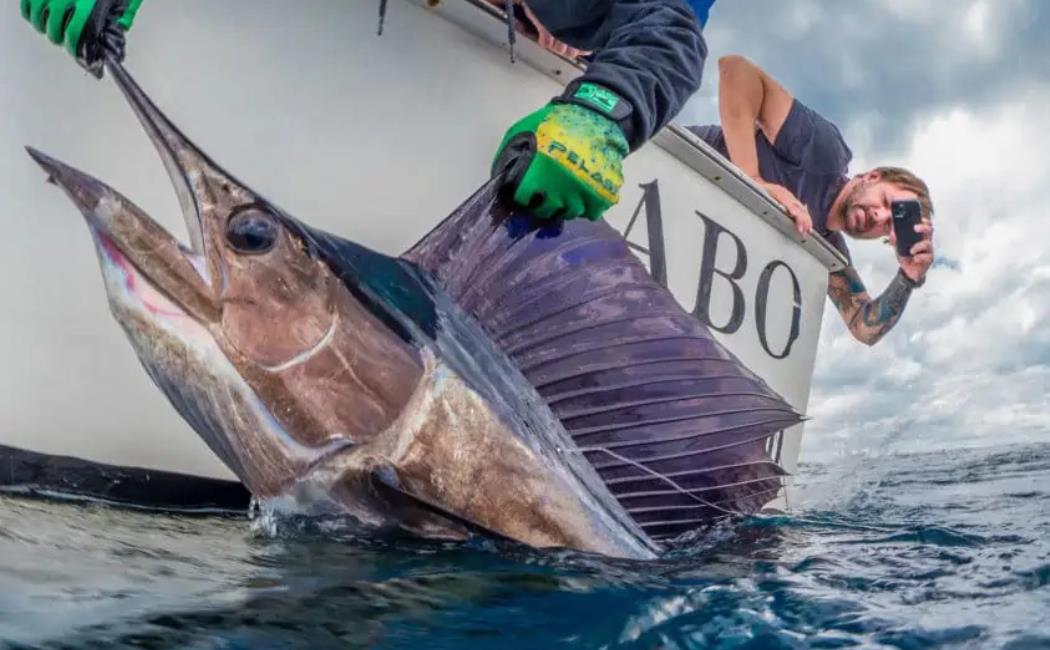
Sub-mesoscale ocean dynamics are important in structuring the ocean environment as they can excite vertical fluxes and separate pelagic communities (Mahadevan, 2016). Our aim is to understand how such features can impact ocean biology, specifically at higher trophic levels. We combine remote sensing and in situ sampling approaches to test how sub-mesoscale biophysical interactions form pelagic ecosystems and contribute to trophic transfer. In the Red Sea, eddy dipoles and coastal mesoscale currents can generate frontal regions, which are visible via satellite and in situ platforms (Zhan et al., 2014; Kheireddine et al., 2017; Zarokanellos et al., 2017a, b; Zarokanellos and Jones, 2021). Thus, this basin is a suitable study region for assessing the dynamics of sub- mesoscale fronts and their potential effect on pelagic ecosystems. The coupling of biology and ocean physics at fronts can lead to the formation of biological hotspots. Mixing fronts can enhance primary production (Franks, 1992), and frontal upwelling can provide nutrient input from another habitat to an oligotrophic system (Chavez and Messié, 2009). Furthermore, predators are often attracted to frontal activity (reviewed in Scales et al., 2014). A clear timeframe by which a front can enhance the biomass of prey species for pelagic predators has not yet been established. Our knowledge of how predators utilize fronts is limited and speculative. We are integrating satellite observations of mesoscale eddies and in situ measurements from autonomous platforms (i.e., gliders, towed undulating vehicle and HF Radar) with pelagic predator catch data from the Red Sea epipelagic predator (sailfish - Istiophorus platypterus) to investigate how mesoscale eddies modulate epipelagic ecosystems. We will address how predators exploit fronts and why they do so.